It seems that every day a new superfood hits supermarket shelves and is revered as the next best thing to eat if you want to be healthy. Keeping up with all these nutritional trends can be exhausting, especially when it comes to grains. Quinoa, in particular, seems to have rapidly gone from a food most Americans didn't know how to pronounce, to a staple in many kitchens across the country. And if you find yourself wondering what the difference is between all these hyped-up grains, you are not alone. Thats why we have decided to discuss the differences between quinoa and a few other grains: barley, amaranth, and millet. While these four grains may appear to be the same, they are distinctly different in a few key ways. Here, we will examine the variations between quinoa and millet specifically.
What is Millet?
Millet is a gluten free whole grain that is most commonly used in Asia and South America. This whole grain is an excellent source of fiber in meals, but takes some getting used to when youre learning how to cook it. Millet comes in various forms for cooking, and cooks most similarly to rice, however it can quadruple in size so be sure to cook it in a big enough pot.
What Is Quinoa?
Quinoa is also a whole grain that is gluten free. Quinoa is a common staple ingredient for people with celiac disease as its a great gluten free whole grain substitute for pasta. The mild taste of quinoa makes it a great whole grain in salads, or as a side dish as it tends to absorb all the flavors of whatever is being cooked with it. Quinoa also has a substantial amount of protein in the grain, making it a great source of nutrition. A common question that people ask is:
is quinoa a grain? The short answer is that its actually more known to be a seed, but its often prepared like a grain. Quinoa is actually most related to spinach and chard, however.
What Is Amaranth?
Amaranth is gluten free grain that is also similar to millet and quinoa. The ancient grain is commonly grown in Africa, China, South America and other countries but has also been growing in popularity in North America in recent years. There are a lot of similarities between
amaranth vs quinoa. Amaranth also is known to have a more potent nutty flavor than quinoa and millet.
Similarities Between Millet and Quinoa
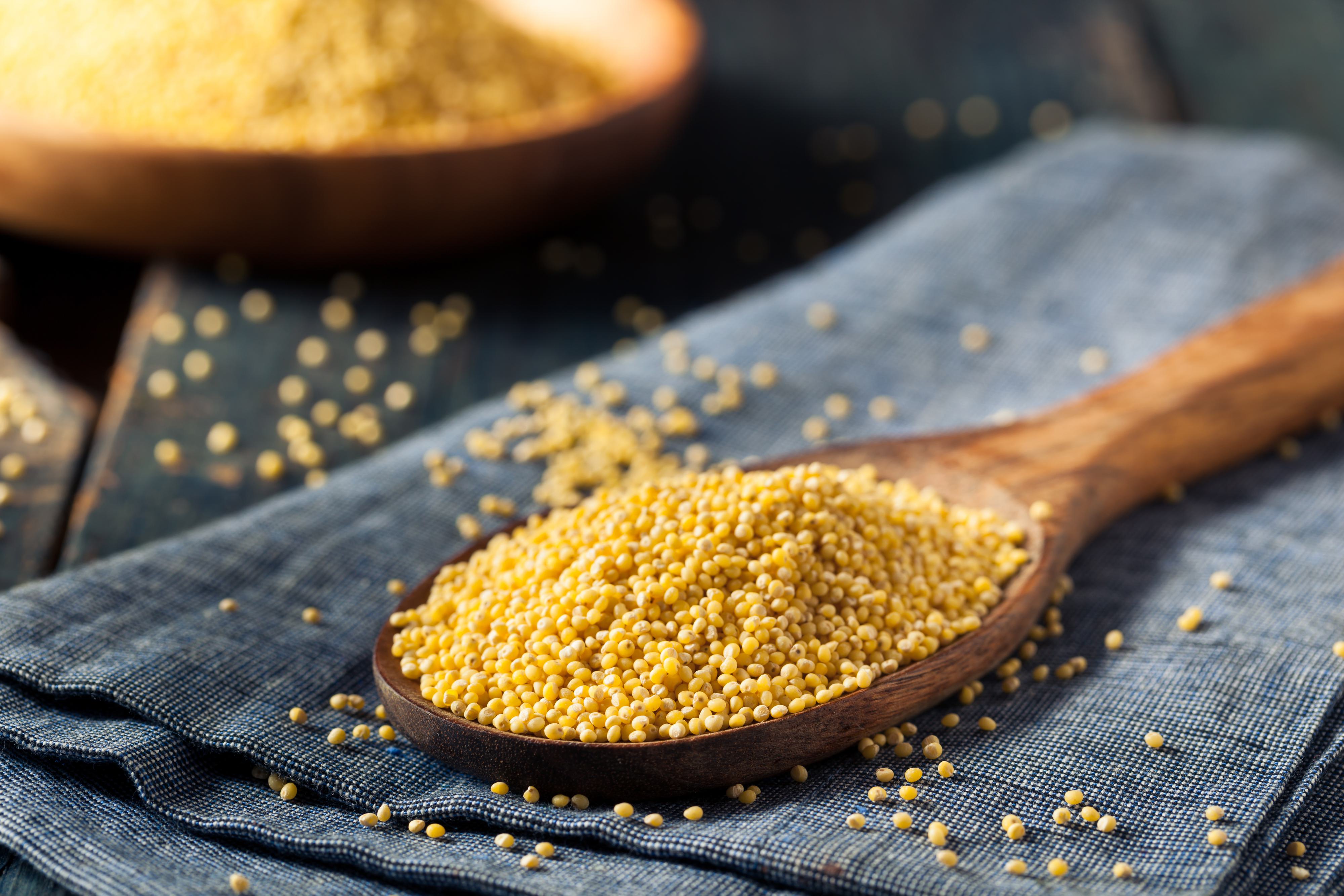
There are two main similarities between millet and quinoa:
- Millet and quinoa are both whole grains
- Millet and quinoa are both gluten free, as is amaranth
Millet and Quinoa Are Whole Grains
While both millet and quinoa are whole grains, meaning they contain the entire grain kernel, quinoa is technically a pseudocereal. What does this mean? Well, for starters lets talk about grains. At its simplest, a grain can be broken down into three edible parts: the bran, or the seeds outer skin, which is packed with fiber; the germ, which is the nutrient-dense embryo of the seed, full of vitamins, minerals, fiber, essential fatty acids, and more; and the endosperm, the germs food supply and primary source of starchy carbohydrates. Most of the grains humans eat are encased in an inedible hull. And while some of these hulls are more easily removed than others, in certain cases, it's difficult to remove without taking away some or all of the bran and germ with it.
Achieving whole grain status means that 100% of the bran, germ, and endosperm are retained by the grain throughout this hulling process.
So, although quinoa is commonly referred to as a grain, it is, in reality, a seed harvested from a species of a plant known as goosefoot. As a pseudocereal, quinoa is more closely related to other plants like spinach and beets than it is to more traditional grains like wheat.
Millet, Quinoa and Amaranth Are Gluten Free
As with amaranth, quinoa and millet are both gluten free. If youre wondering what gluten free really means, you are not alone. It became a relatively trendy phrase a few years ago, but most people are actually misinformed as to what it means. In simple terms, gluten is a network of proteins which can be developed when flour and water are combined then kneaded into a dough, providing an elastic texture and keeping it from falling apart.
Gluten is not usually a dietary concern, but for some, it can be dangerous. For example, those individuals with celiac disease can have severe digestive issues and other symptoms when gluten is consumed as a reaction to the two main proteins in gluten, glutenin, and gliadin. However, without a medical reason, gluten is safe and healthy to consume. The fact that these grains are gluten free is good news to those with a gluten-associated condition.
Differences Between Millet, Quinoa and Amaranth
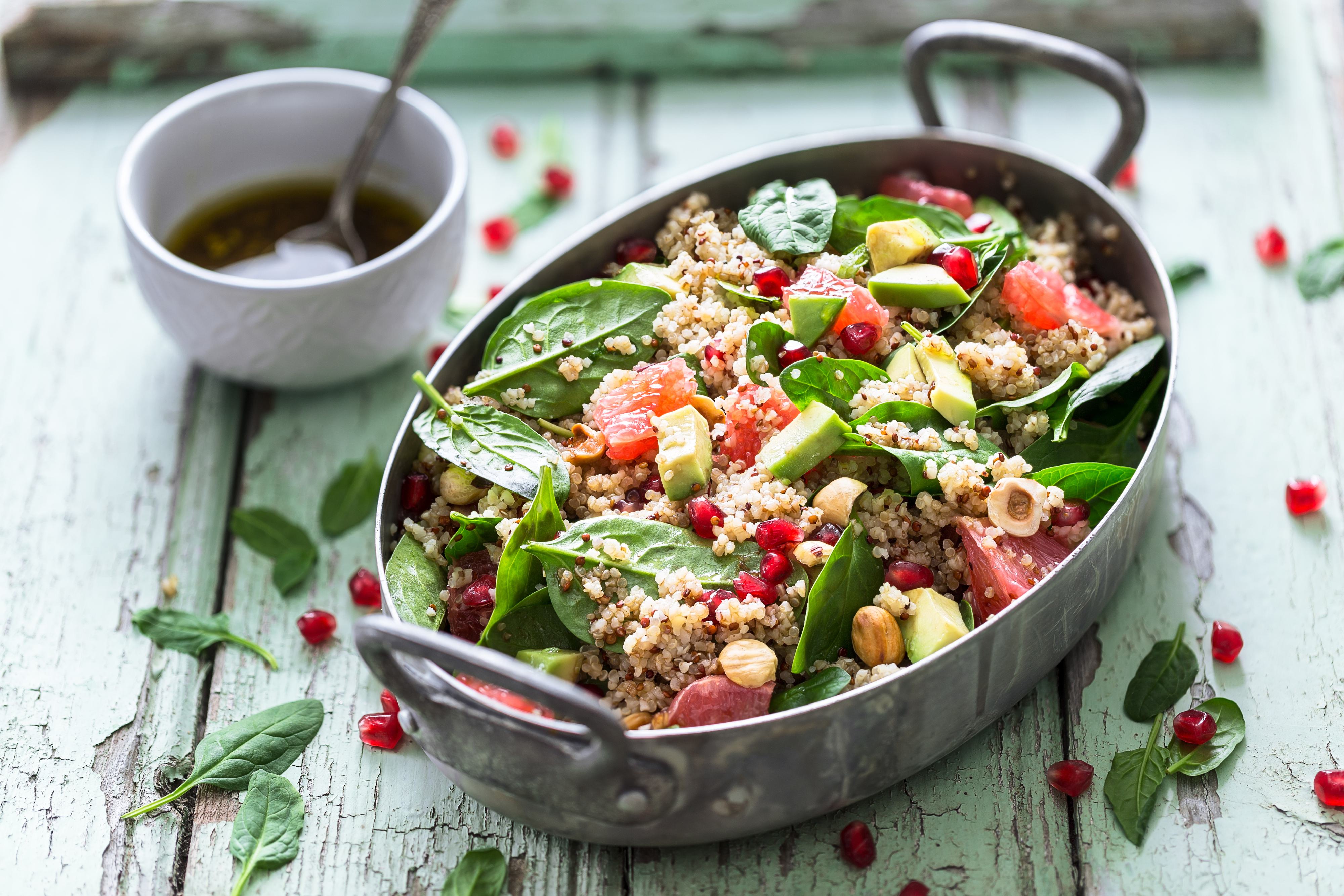 Now that weve established how millet and quinoa are similar, we can consider what makes each grain distinct from the other.
Now that weve established how millet and quinoa are similar, we can consider what makes each grain distinct from the other. The main differences between millet, quinoa and amaranth are:
- Uses and pervasiveness
- Nutrition contents
- Appearance
- Cooking Methods
Uses & Pervasiveness of Millet
In the United States, millet is actually used more often as bird seed than as human sustenance. However, societies in India, China, South America, Russia, and the Himalayas use millet as a common grain staple. Millet comes in several forms, including pearl, proso, fingertail, and finger millet, though these varieties are similar in flavor. Different cultures use millet, the worlds sixth most important grain, according to the Whole Grain Council, to make bread, porridge, and beer.
Quinoa, in comparison, is a staple food for many in the Andes, which is where most of the quinoa consumed in the United States is from. In addition, quinoa comes in more than 120 varieties and is typically eaten as a side dish or used in cereals, crackers, and granola.
Nutrition in Quinoa vs Millet
Quinoa is a complete protein, which means it contains all nine of the essential amino acids, a rarity among grains. In fact, quinoa offers approximately 6 grams of protein per serving. Most grains, including millet, lack the essential amino acid lysine and have a lower overall protein content. However, after protein content the differences become minimal. Both millet and quinoa are excellent natural sources of fiber, magnesium, and antioxidants, which help fight off disease-causing free radicals.
Appearance of Millet and Quinoa
The majority of quinoa consumed is white or ivory, but it can also be found in red, black, and purple varieties. Likewise, millet also grows in several colors, including white, red, yellow, or gray. Generally speaking, pearl millet is the variety most commonly sold for human consumption in the United States and is a small, round, white or ivory-colored grain. Quinoa is also small but oval or disk-shaped, with a flattened or depressed band around the edges.
How Do You Cook & Eat Millet and Quinoa?
When it comes to cooking, quinoa preparation is similar to that of rice and takes approximately 15 minutes. Millet, however, is much more demanding to cook. It's not that cooking millet is difficult, per say, but it does take some getting used to. As it cooks, millet can almost quadruple in size, meaning it is a thirsty grain. If you deprive it of liquid, it will punish you with a gritty, dry, pasty pot of food. Hydrate it properly, though, and you'll find yourself with a bowl of fluffy grains that has a texture somewhere between mashed potatoes and pasta. You can eat millet and quinoa like you would rice as a main dish or a side dish, or you can add it to salads and other meals.
What Does Millet vs Quinoa Taste Like?
When serving, both quinoa and millet generally have mild flavors, absorbing the characteristics of the food around it. Though millet does have a slightly nutty quality to it.
As you can see, both millet and quinoa are wonderfully nutritious grains with their own unique characteristics and benefits. If you are in a rush and need something easy, quinoa may be your go-to. But if you seek out a culinary challenge and want to try something new, millet should be given a shot. Who knows, it may become a staple in your kitchen like it is in many around the world.
Millet Recipes and Quinoa Recipes
Now that you know the differences and similarities between millet and quinoa, you can decide which one you want to try first! We put together a list of
quinoa recipe ideas and millet recipes that we are loving:
- Quinoa Recipes
- Millet Recipes
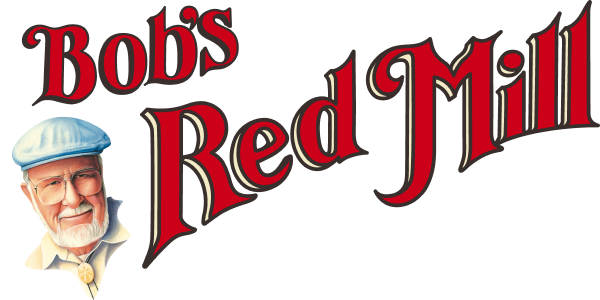
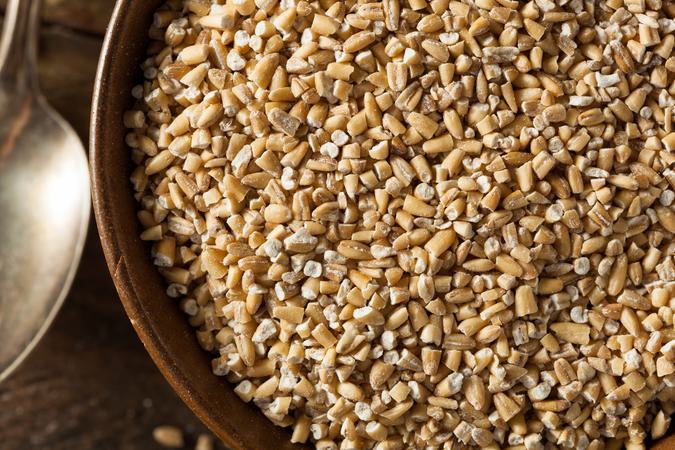
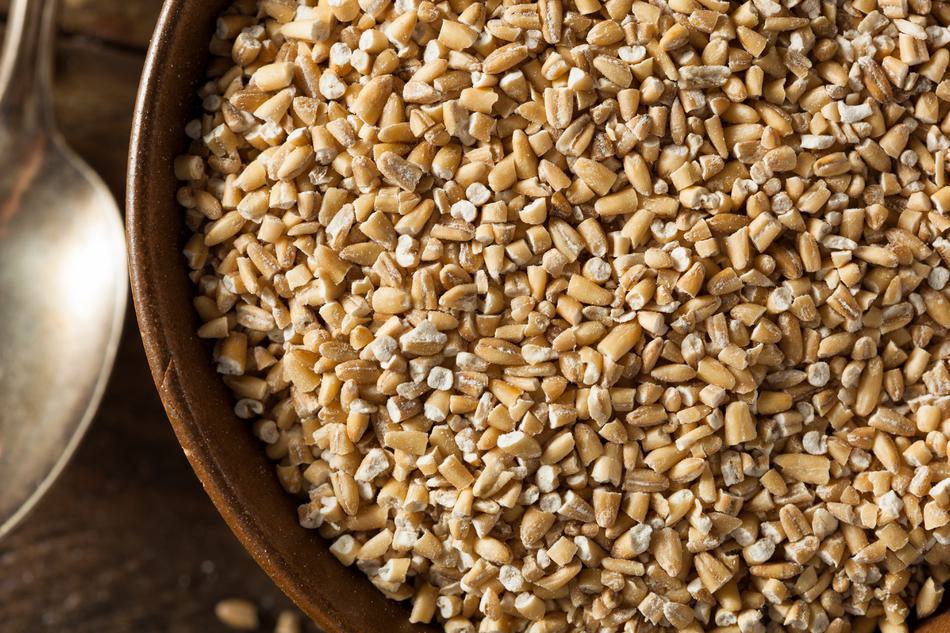
 There are two main similarities between millet and quinoa:
There are two main similarities between millet and quinoa:
 Now that weve established how millet and quinoa are similar, we can consider what makes each grain distinct from the other. The main differences between millet, quinoa and amaranth are:
Now that weve established how millet and quinoa are similar, we can consider what makes each grain distinct from the other. The main differences between millet, quinoa and amaranth are: